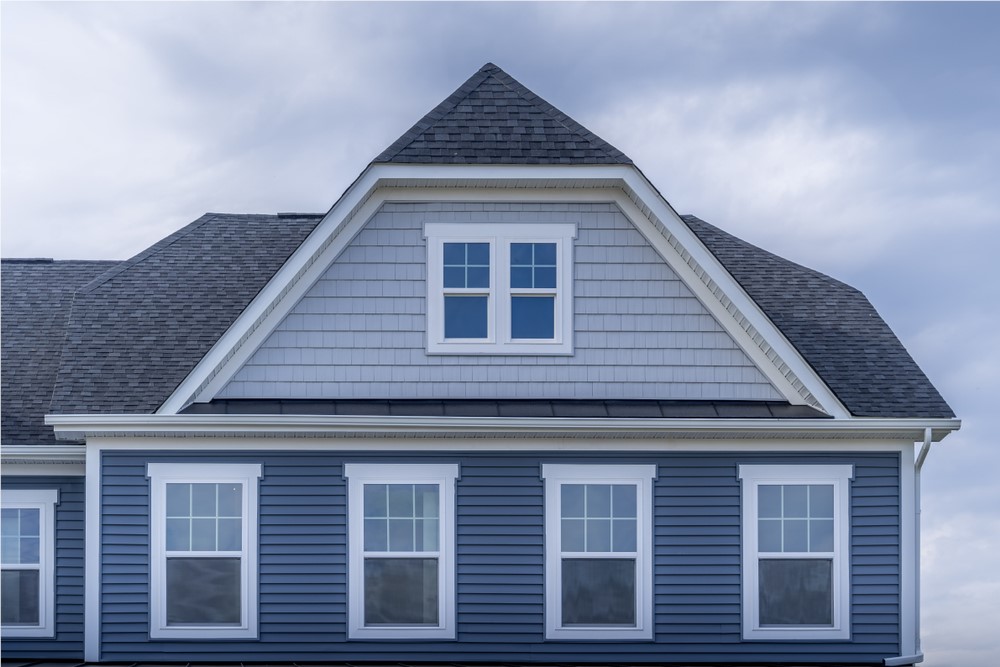Whether it’s an official rating (like Energy Star), for federal tax credit, or simply a definition of the term, there are several criteria that most would agree make a window “energy efficient.” As it becomes an increasingly hot topic, you will see lots of different terms being thrown at you. Let’s translate what some of these terms mean, and which ones really make the most difference in energy efficiency.
Labels, labels, labels As with any product in the U.S., windows are stamped with a plethora of certifications and labels that claim their right to being considered certifiably energy efficient. And, like with any product, it’s difficult to distinguish which labels are the ones that actually mean what they say.There are two labels that are genuine: a blue and yellow Energy Star label from the U.S. Department of Energy, and the white label from the National Fenestration Rating Council (NFRC). The former shows which climates the product has been officially certified for and can show if its performance is actually superior; the latter is a non-profit body for certification that is recognized by the entire industry. The NFRC just displays numbers rather than comparing the product to other products in its class.
MeasurementsThere are five measurements that are the most important in the evaluation of a window’s energy efficiency. Your climate determines which of these five factors are the most important, but no matter your location, any tax credit requirements will be exactly the same within the United States.
- U-Factor This measurement is one of the most crucial in being qualified for receiving the tax The range is between 0.20 and 1.20, 0.20 being the best insulation, and 1.20 being the worst. In order to receive tax credit for it, it will need to be 0.30 or less.If you aren’t interested in the tax credit, then you can just make the decision based on where you live within the continental United States. If you live in the South, anything below 0.60 is good. In the Central States, 0.4 or less is good while the North should have 0.35 or less for the best insulation, especially during the colder months.
- Solar Heat Gain Coefficient Usually shortened as SHGC, the solar heat gain coefficient measures the amount of solar radiation (and therefore heat) that is allowed inside. The range is between 0 and 1, with 0 signifying less solar radiation, and 1 a large amount.To receive the tax credit, the SHGC needs to be at a 0.3 or less. In this case, lower numbers (0.4 or less) are better for warmer climates while colder climates can have higher numbers (up to 0.55).
- Visible Transmittance This is not one of the requirements for the tax credit, but it can be an important part of a window’s energy efficiency nonetheless. It simply measures how much light is let into the room. The range is between 0 and 1, with 0 being the dimmest lighting, and 1 being the brightest. If you have a low enough VT, you may have to use extra lighting during the day. Therefore the higher the VT, the more energy efficient the window.
- Air Leakage This one is pretty self-explanatory. The less leakage, the better the efficiency. A measurement of 0.3 cubic feet per minute is standard for building codes. Air leakage is tricky to measure and can change in one material over time. It should still be useful for comparing various products.
Subscribe to Energy Home Pros's Blog





Comments